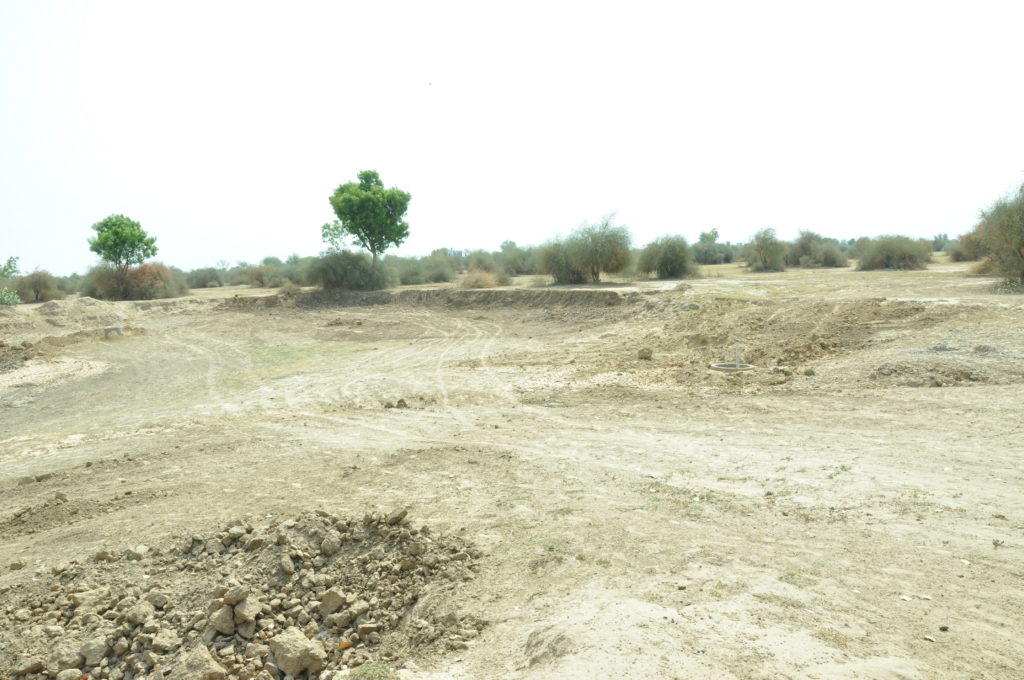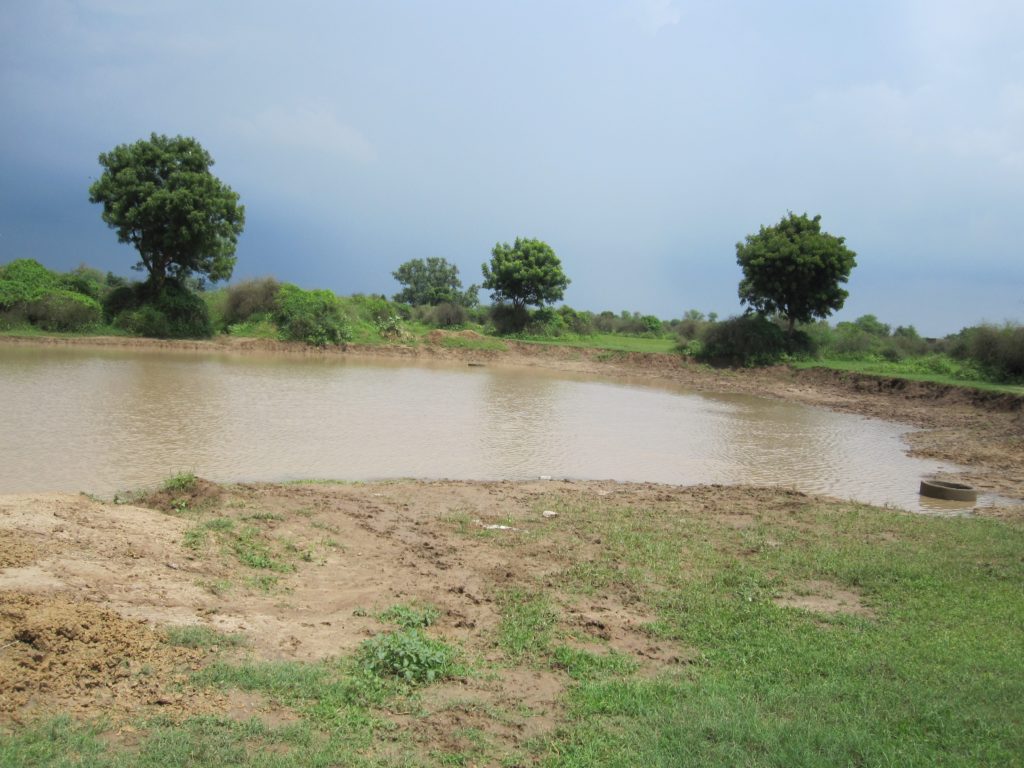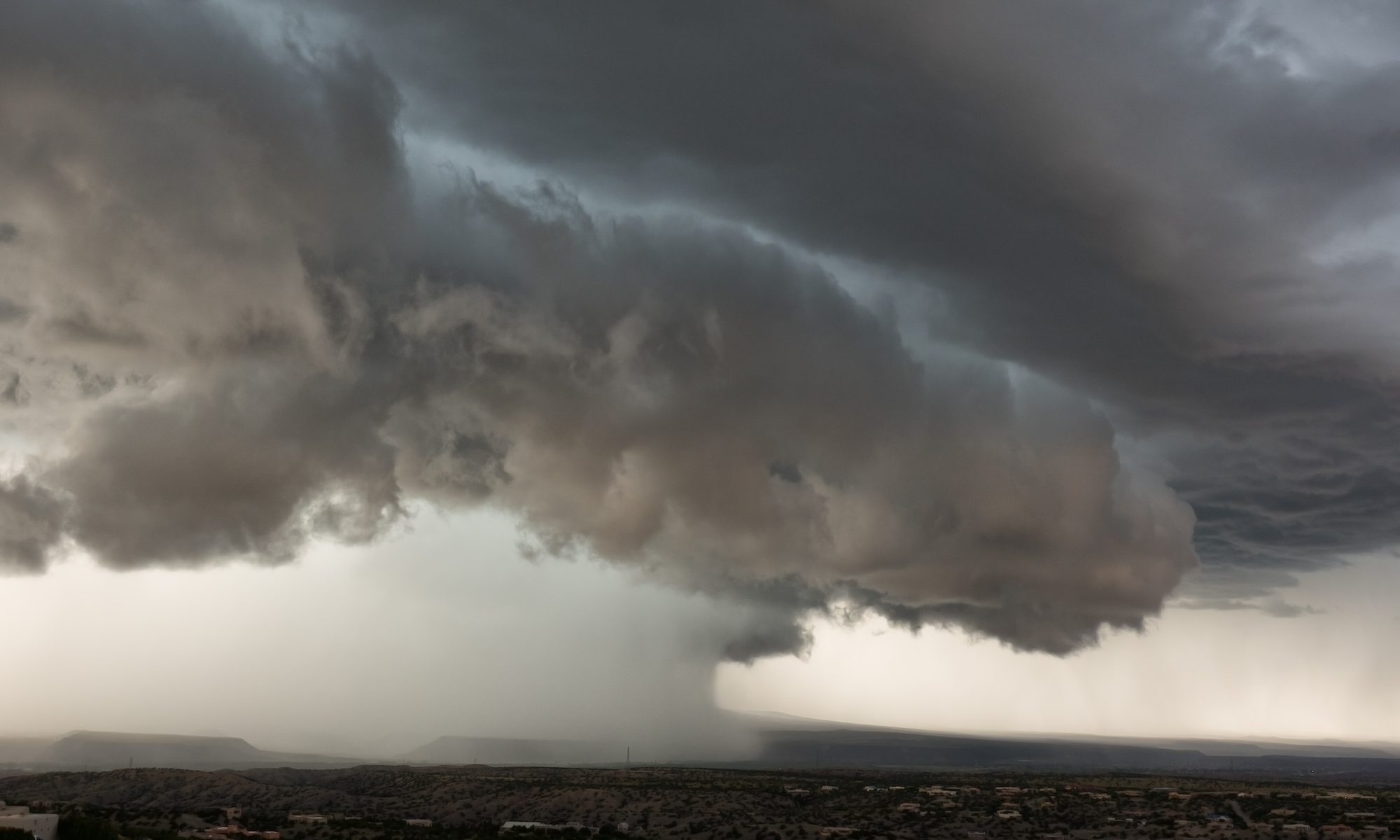Our knowledge about outer space is much more than our knowledge about the inside of our own earth.
Water is absorbed as soon as it is poured on the ground, so like most people, we also thought that soil and water are great friends. It was only after years of experimentation that team SILVERON realized the fact that water and soil are not friends.
We noticed that the flowing water carries suspended silt and dissolved salts from the soil and collects at the base of the low-lying area. After the collected water has evaporated the silt and salts remain deposited at the base of the low-lying area.

The repetition of this process, monsoon after monsoon gradually makes the base of the low-lying area hard and non permeable hence we observed that the soil gradually creates its own resistance to percolation of water. This is the reason for formation of water bodies in low lying areas where rain water flows and stands for months even after the monsoon.
In India these water bodies are called by different names like Nadi or Johad, etc.

It is interesting to note that each time when the farmer waters his crop, the soil and water interaction leads to the same natural phenomenon of formation and deposition of film on the soil surface and this is one of the reasons why the farmer is required to till his land in order to break this film before planting the next crop. The tilling of soil is required even in potted plants as you must have observed.
Such natural phenomenons make sustainable rain water harvesting a tricky subject and hence it needs to be appreciated that though rain water harvesting may not be rocket science but it is not as simple as it appears. Investigative tools provide some help but still at the end of the day one has to execute the work in unknown terrain deep inside the ground.
Rain water harvesting is not just about digging a hole in the ground and releasing water into it. Rain water harvesting work calls for passion, imagination and experience as it is no less than doing a work of fine art.
Artificial Ground water recharge as some people prefer to address rain water harvesting as, is actually the most site specific work hence type of work and scope of work varies from location to location and the harvester who is experienced and who understands the subject has to often modify his design if he observes some new conditions even if his work in progress has reached an advanced stage since he understands that any compromise will lead to poor performance or holding of water in the structure.
Experts at SILVERON understand that earth cannot be forced to absorb water like an injection can force the antibiotic into human body hence they take all natural factors into account and design the rain water harvesting structure in accordance to the ground formation/strata of that area. This makes SILVERON a premier rain water harvesting solution provider and reflects performance of SILVERON recharge structures.
Supporting nature – a sure path to success Going against nature – a recipe for failure